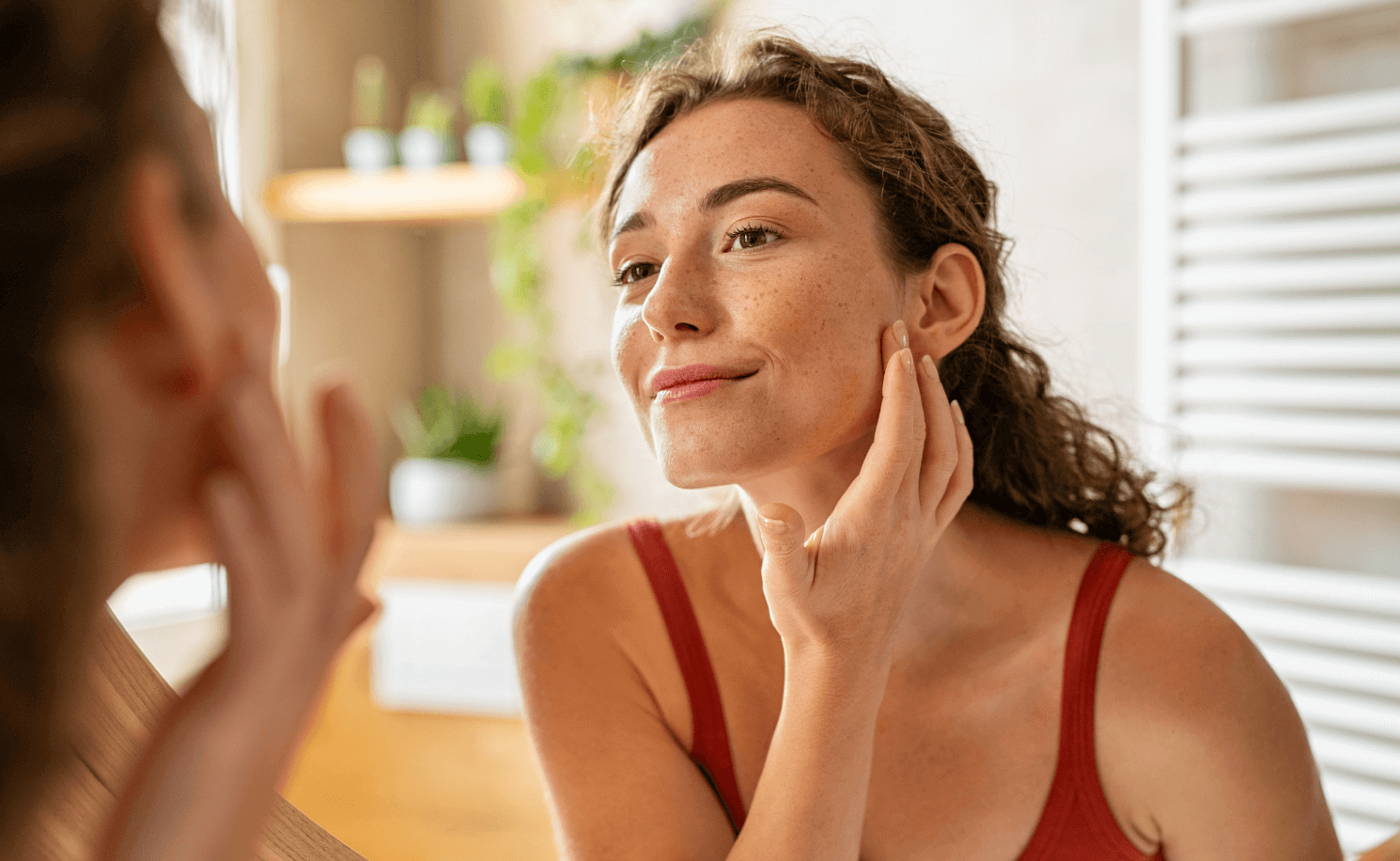Your skin is the first thing to show signs of ageing, so it makes sense to take care of it as best you can. Here at Rebecca Taylor, an aesthetics clinic in Suffolk, we’ve got the skills, expertise and knowledge needed to get your skin back to its gorgeous best. We think everyone deserves to have the skin they’ll love to show off, so our treatments are tailored with fantastic results and a boost in confidence in mind.
In this post, we’ll talk through our chemical peel treatments, and what you need to follow before, during and after the procedure. We want our clients to feel as happy and informed as possible about any treatment they choose and hope this blog will give you the perfect basis for that.
Before your skin peel
Whether you’ve had a skin peel before or you’re entirely new to the process, it’s important to take great care of your skin. Staying hydrated and sun-protected are two of the biggest and best things you can do, but it also helps to eat well, drinks less alcohol, and ensure you have a great skincare routine down pat (we can definitely help here, especially if you need some product recommendations for your specific skin type, tone and texture).
Once you’ve booked your treatment, we recommend you’re make-up free on the day. It can also help to avoid using hair removal products on the face, as well as types of scrubs and exfoliating products, in the week leading up to your treatment. Depending on which skin peel you choose, it can be quite intensive on your face.
During your chemical peel treatment
Though you’ll likely see results from just one treatment, we usually recommend a course of peels – between 4-6 – to truly transform your skin. Skin peels are often called ‘skin remodelling’ or ‘skin resurfacing’ because they help your skin heal and renew from the inside.
When you attend your appointment with us, we’ll first clean the skin, then apply the skin peel, and finally, wash and wipe the solution away. Of course, the first stage on your journey is always a consultation, so we can work together to find the right skin solution for you.
After your skin peel
Typically, side-effects of a skin peel include tingling, tightness and itchiness. Your skin may also feel dry. In the first week following treatment, your skin should peel away, sweeping away those dead skin cells and bringing that bright, lovely new skin to the surface.
There are lots you can do to help support your skin during the healing process:
- Stay sun safe – sunscreen guards from UVA (ageing) rays, which is represented by the solution’s star rating. It also protects against UVB (burning) rays, represented by the SPF number. The highest star rating is 5 and the highest SPF is factor 50+.
- No picking and peeling – fiddling with your skin during the healing process could affect your results, leading to pigmentation problems, and could also cause infection in the skin.
- Say yes to moisturiser – cleansing the skin helps keep it clean and comfortable.
Book in with Rebecca Taylor Aesthetics
To book a consultation for any of our treatments, including our chemical peels, simply get in touch with our Suffolk aesthetic clinic and start your journey to better skin today.

